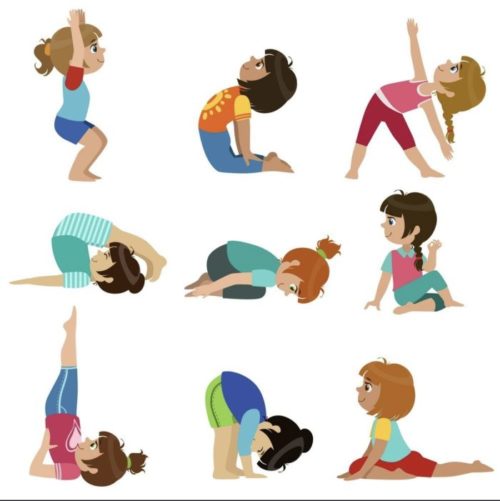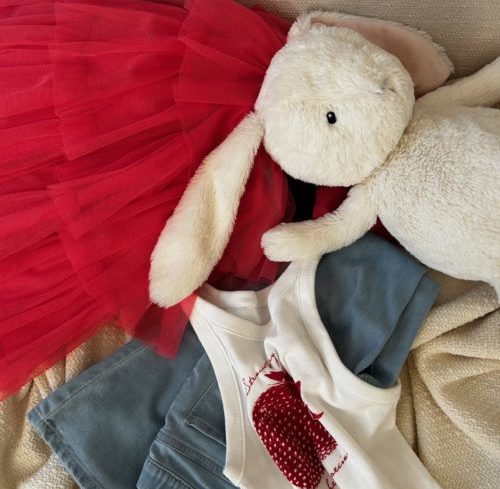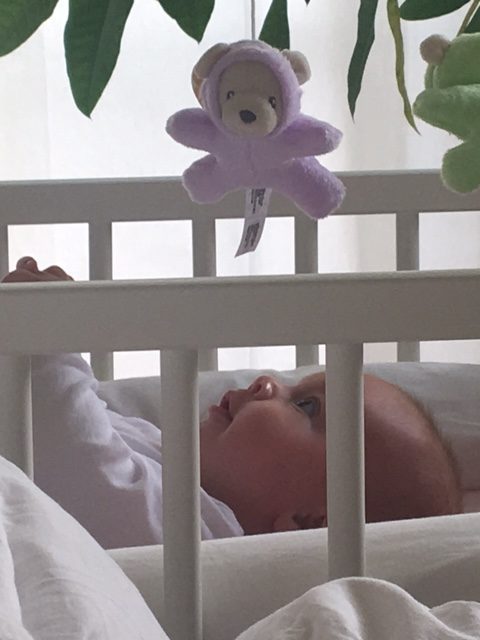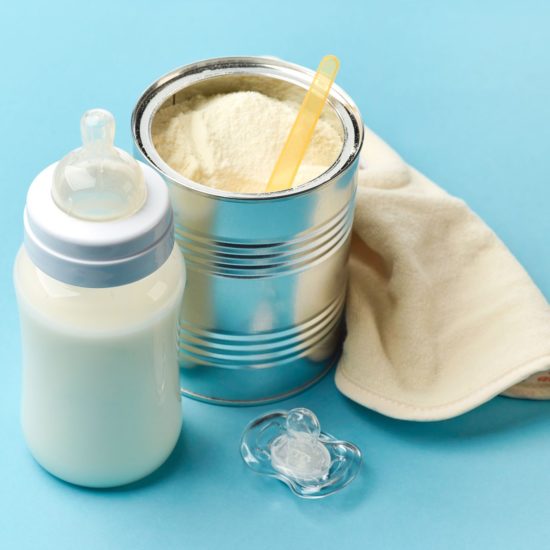Latest Posts
Infant formula
Nowadays, mostly in developed countries, some mothers for various reasons chose to feed their baby with infant formula. Even more moms choose mixed feeding. They might do this, for example, if they have low milk supply or need to return…
Phones and Other Electronic Devices: To Give or Not to Give?
One day—on a plane, in a car, at the hospital, or in a restaurant—you will need to entertain your child, and you will give them your smartphone or tablet. From that moment on, your child will love this new toy…
What do you know about Gluten?
Gluten is a group of proteins found primarily in wheat and related grains such as barley, rye, and oats (though oats are gluten-free unless processed with gluten-containing grains). Here are some key points about gluten: What is Gluten? Gluten is…
Are you consuming enough protein?
Meeting protein needs through a balanced diet with sources like lean meats, dairy, legumes, nuts, and seeds can help support overall health and well-being for women throughout different life stages. Protein is essential for women, for several reasons: 1. Muscle…
Do you understand why your baby is crying?
The first thing that parents need to understand is why the baby is crying, what the baby needs right now, what is disturbing the baby right now. Of course, it’s not a pleasure when your baby starts crying, but for…
Do you sleep enough ?
As soon as your baby begins to sleep through the night and falls asleep at about the same time every evening, you can try to set up one more good habit. There is nothing easier than training yourself to go…
You must be in good shape.
If you had been working out before pregnancy and doing exercises during pregnancy, then after childbirth it should not be too hard for you to get back into shape. If, however, you are like me and have never worked out,…
Baby’s clothes.
When I was pregnant, a friend of mine told me how lucky I was to be having a baby girl because the choice of clothes for girls is much more fun than for boys. When my new-born daughter was lying…
Baby’s room
When it comes to questions of comfort and cosiness in her house, every woman will always be a woman. A pregnant woman especially, who is looking forward to her baby’s birth, dreams (or plans, depending on her lifestyle and opportunities)…
















